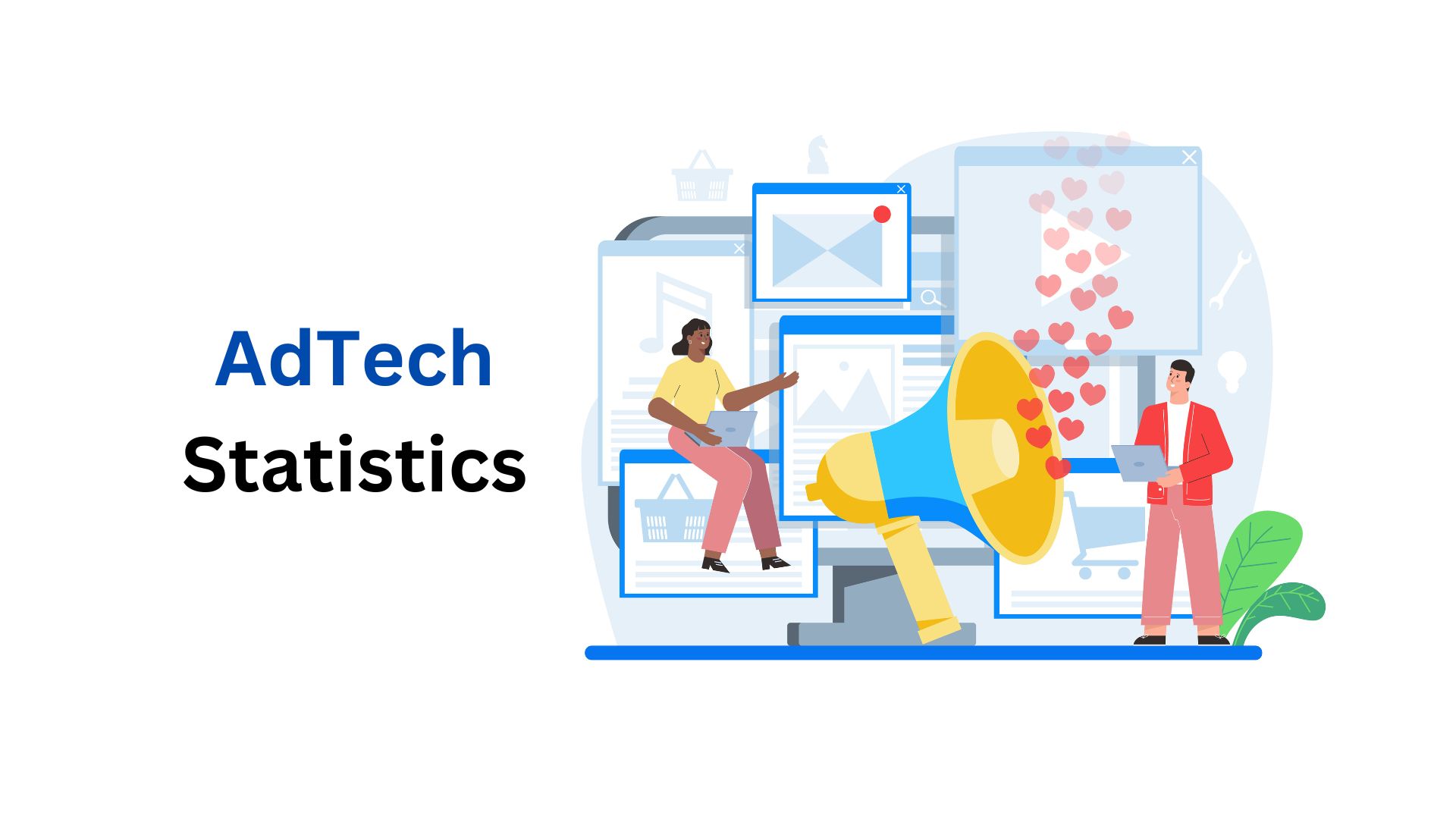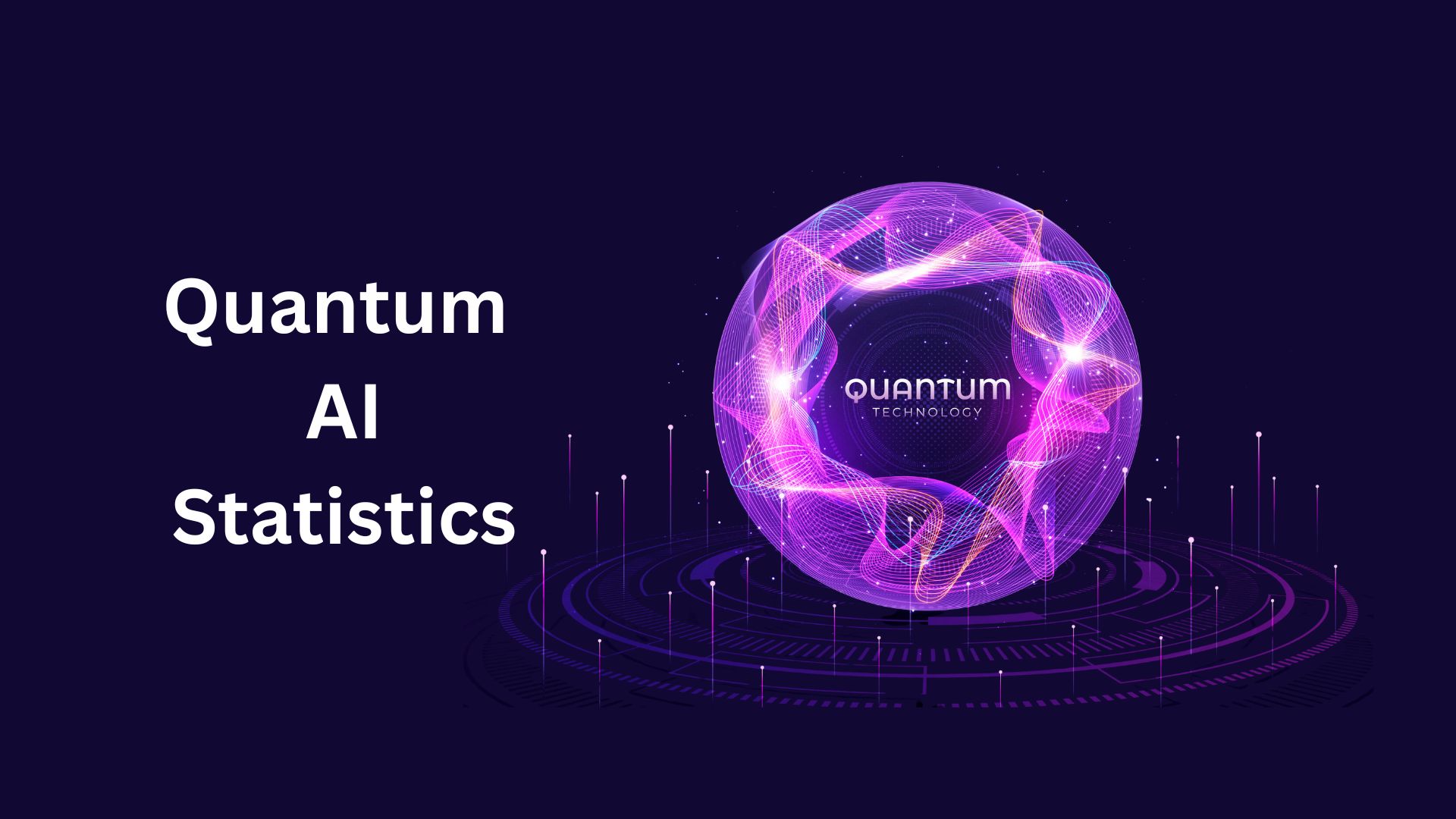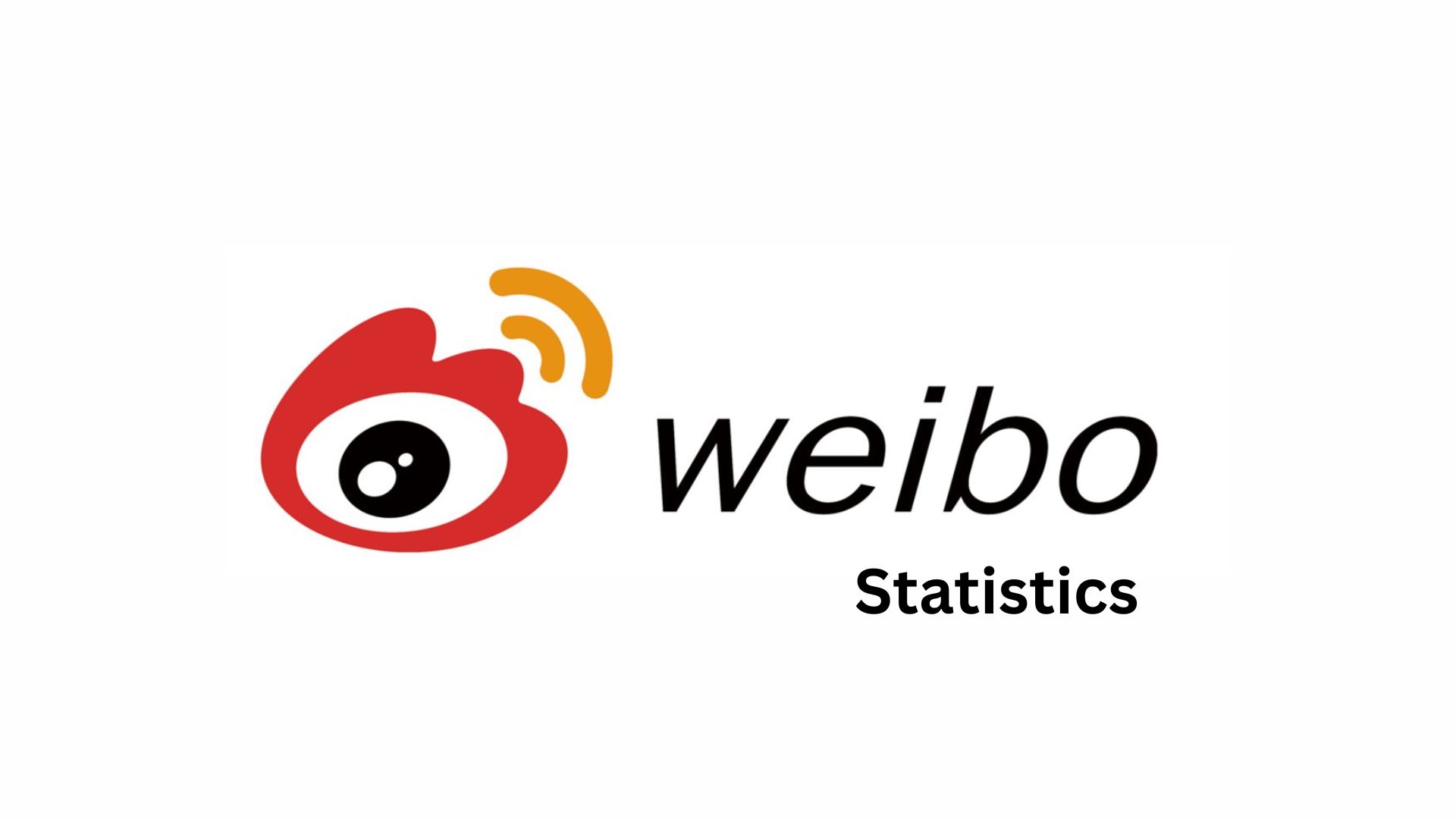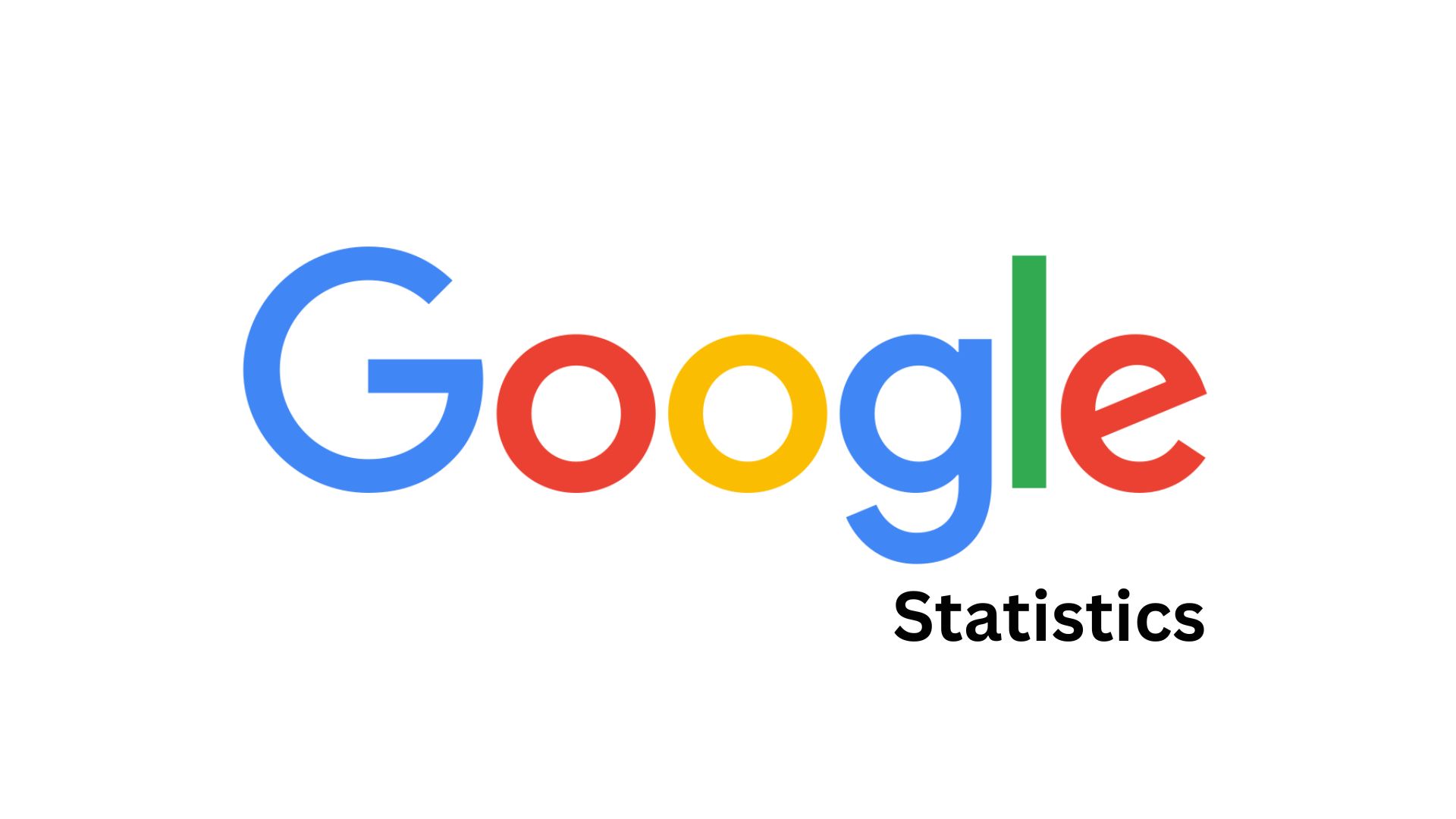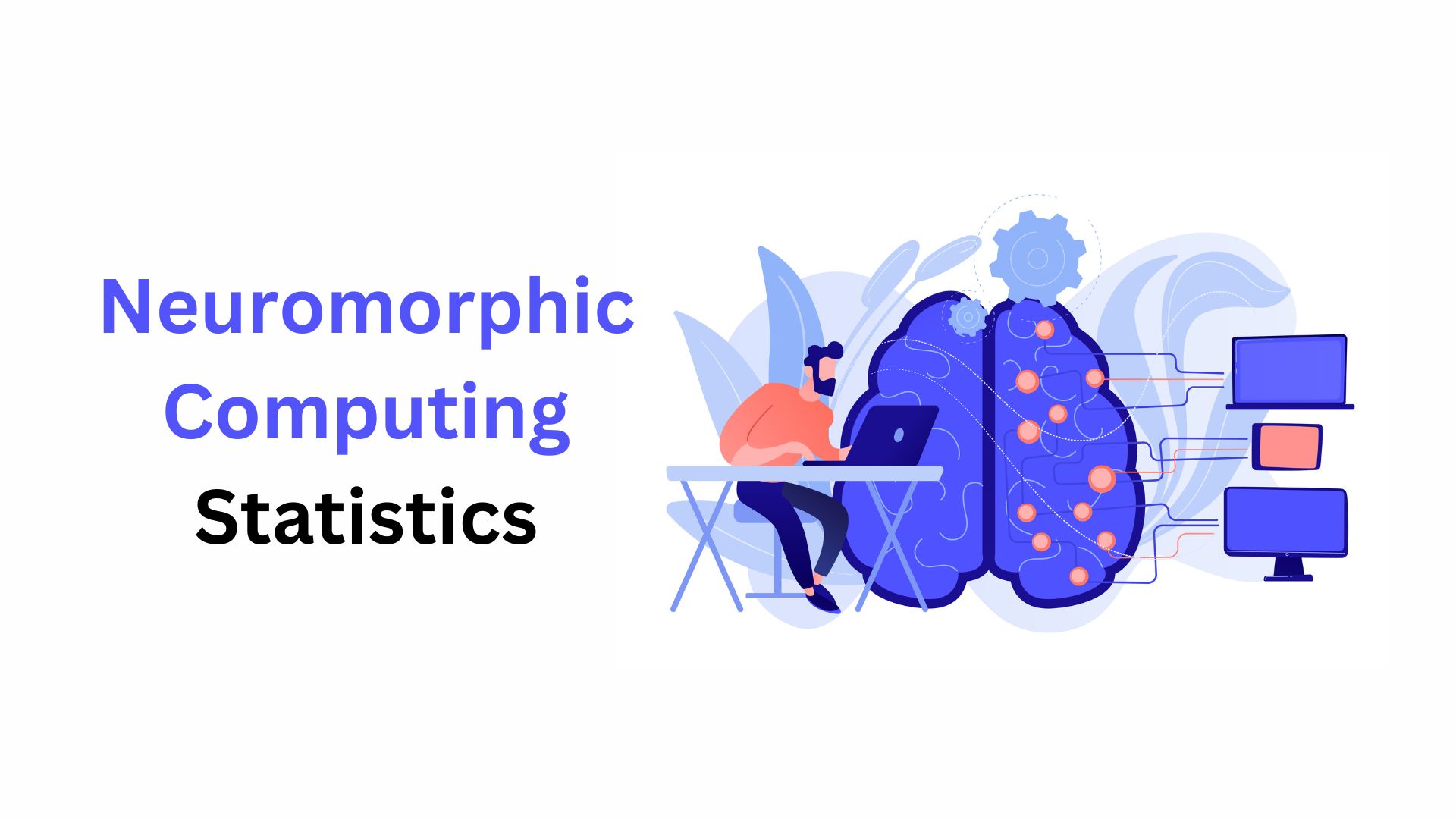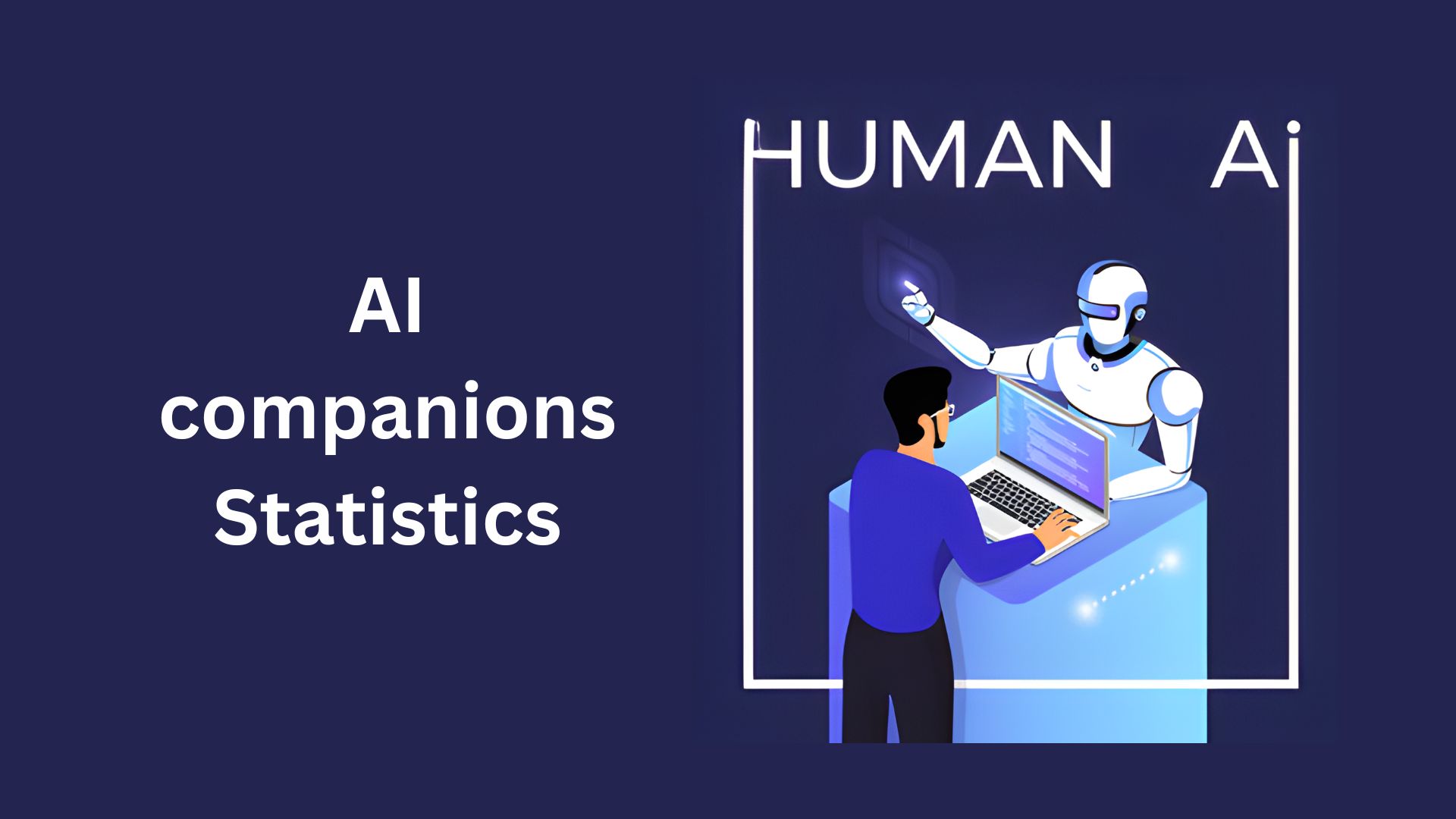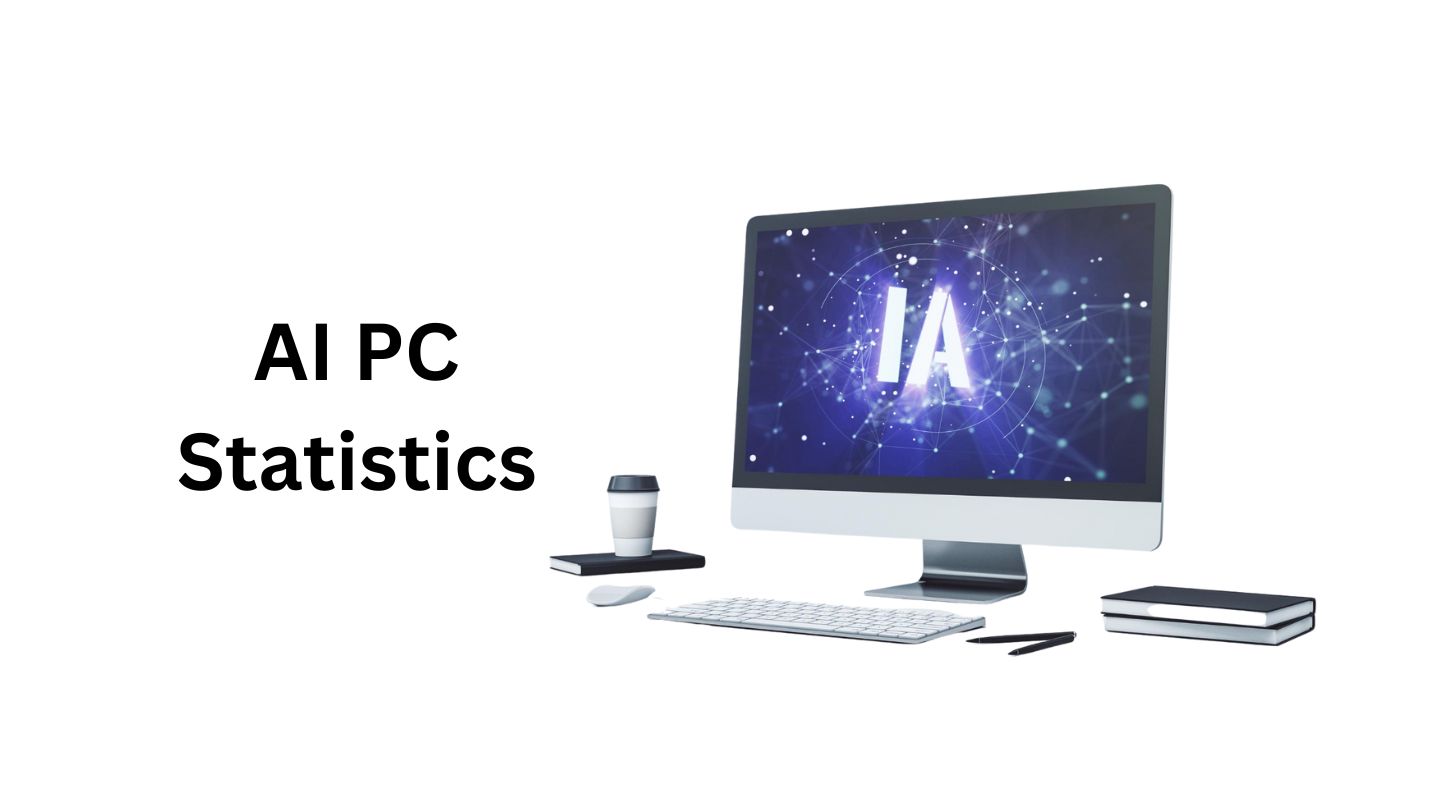AI in Transportation Statistics By Market Size, Use Cases and Payoffs, Analysis And Facts (2025)
Updated · Oct 23, 2025
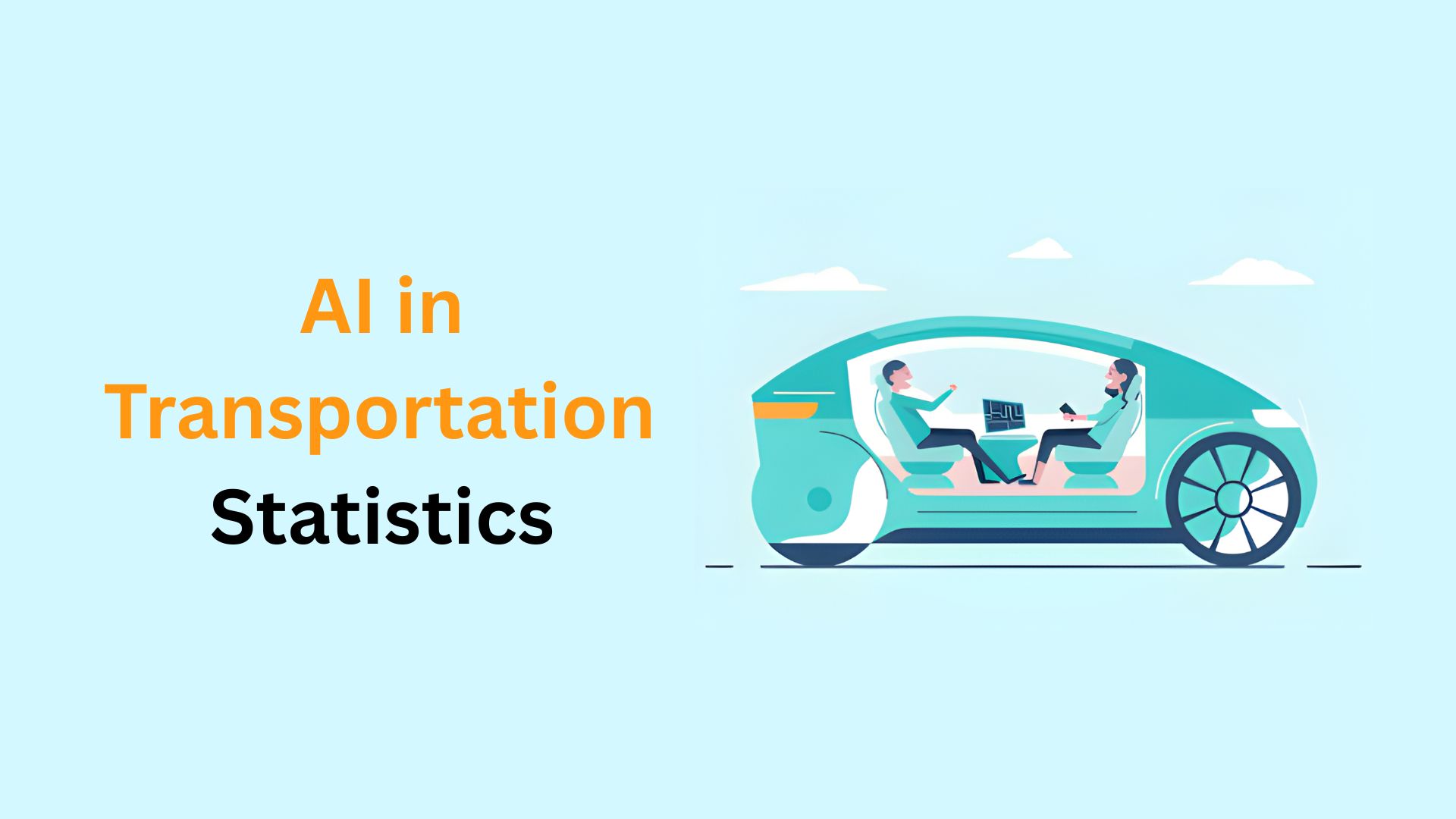
Table of Contents
- Introduction
- Editor’s Choice
- General AI in Transportation Statistics
- AI in Transportation Market Size
- AI in Transportation Statistics in the U.S.
- Segmental Breakdown
- Use Cases and Payoffs
- Global Automotive AI Market Analysis
- AI in Transportation – Real-World Example by Sector
- AI’s Cost-Saving Impact in Transportation
- AI’s Impact on Traffic Management and Prediction
- Technological Impacts of AI in Transportation Statistics
- Advantages and Disadvantages of AI in Transportation
- Conclusion
Introduction
AI in Transportation Statistics: AI is changing how people and goods travel. It plans routes, manages traffic, adds self-driving features, and strengthens last-mile delivery. This numbers-driven overview collects key stats on market size, funding, adoption, and outcomes across road, rail, air, and sea. You’ll see where AI works now: vision tools for driver assistance, predictive checks for fleets, demand forecasts for public transit, dynamic prices in ride-hailing, and digital twins for ports and airports.
We include regional and mode breakouts, trends in model accuracy, sensor costs, and edge vs. cloud use, plus benchmarks from pilots to full deployment. Challenges like data, such as data quality, safety rules, bias, cybersecurity, and talent are covered too. The aim is simple: useful insight for operators, planners, OEMs, logistics teams, and investors.
Editor’s Choice
- According to market.us, the global market size of AI in Transportation is expected to reach around USD 5,1 billion by 2025, increasing from USD 4.3 billion in 2024.
- In the United States of America, the market size of the AI in Transportation market is expected to reach USD 1.55 billion by 2025.
- The primary inputs come from Tier II companies with a share of 50%, while Tier I suppliers contributed 30% and OEMs 20%.
- By 2030, AI could make about 15% of all new cars fully autonomous.
- McKinsey & Company says AI route optimization can shorten daily driver travel times by about 15%.
- The global market for AI technologies in cars is projected to grow at about 24.1% annually, reaching roughly USD 7.0 billion by 2027.
- According to Forbytes, AI can retime traffic lights and suggest better routes, cutting road congestion by up to 30%.
- AI in Transportation Statistics also shows that systems that optimize public transit can lower expenses by about 12%.
- Meanwhile, AI traffic prediction models reach about 90% accuracy.
- AI-controlled traffic signals allow for reducing delays by up to 25% by adjusting flows in real time.
General AI in Transportation Statistics
- By 2030, AI could make about 15% of all new cars fully autonomous.
- In cities, AI plus digitisation may cut as much as 225 million metric tons of CO₂ by 2030.
- AI-driven transport systems could deliver the same 225 million-ton reduction.
- Today, 83% of transport and logistics firms say AI gives them a real edge in operations.
- Autonomous vehicles already hold 38% of the market, boosted by rapid tech gains.
- Machine learning powers 45.1% of AI solutions, helping plan routes and trim fuel.
- Companies using AI report safer operations and easier compliance, lowering liability risk by around 30%.
- Smart route optimisation can reduce fuel use by up to 15% by avoiding traffic and picking efficient paths.
- Overall, AI can cut carbon emissions by roughly 10% to 15% through better fuel efficiency and less idling.
- A report by itransition.com shows that only 36% of supply chain leaders plan to use AI tools for transport management.
- In rail, 25% run several AI uses at scale, while 38% have already launched their first large-scale deployment.
AI in Transportation Market Size
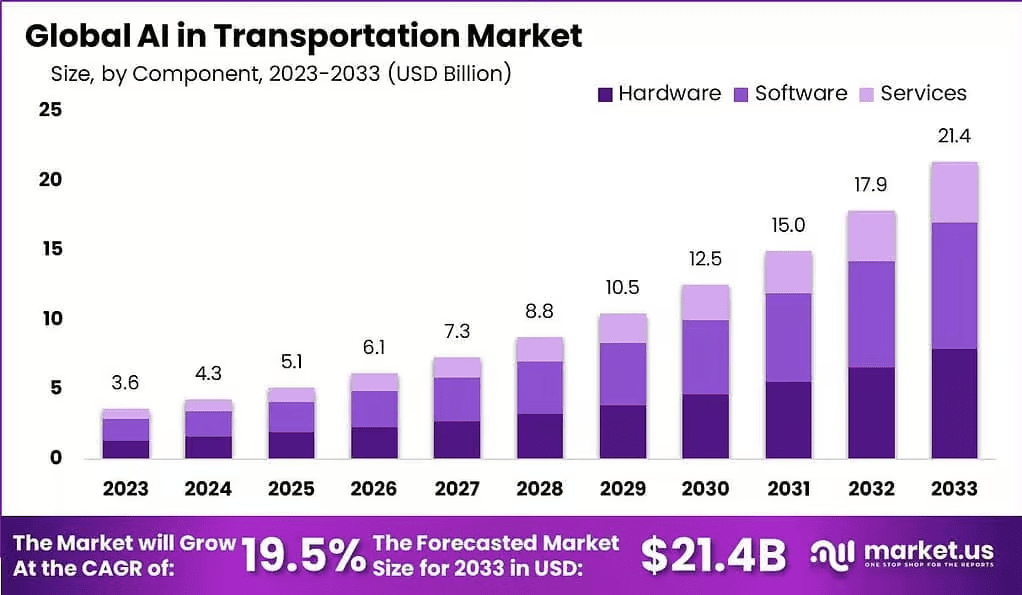
- The global market size of AI in Transportation is expected to reach around USD 5,1 billion by 2025, increasing from USD 4.3 billion in 2024.
- The market is estimated to grow at a CAGR of 19.5% from 2024 to 2033, resulting in USD 21.4 billion by the end of 2033.
- In the coming years, the market size of the Industry will reach USD 6.1 billion (2026), USD 7.3 billion (2027), USD 8.8 billion (2028), USD 10.5 billion (2029), USD 12.5 billion (2030), USD 15 billion (2031), and USD 17.9 billion (2032).
- Coherent Market Insights indicates that hardware will take the biggest share of AI in transportation spending in 2025, at about 54.1%.
- By machine-learning approach, deep learning comes out on top with an estimated 45.6% share.
- Looking at use cases, autonomous trucks are expected to lead applications, holding roughly 42.6% of the market.
- Regionally, North America is currently dominating with 40.8% in 2025.
AI in Transportation Statistics in the U.S.
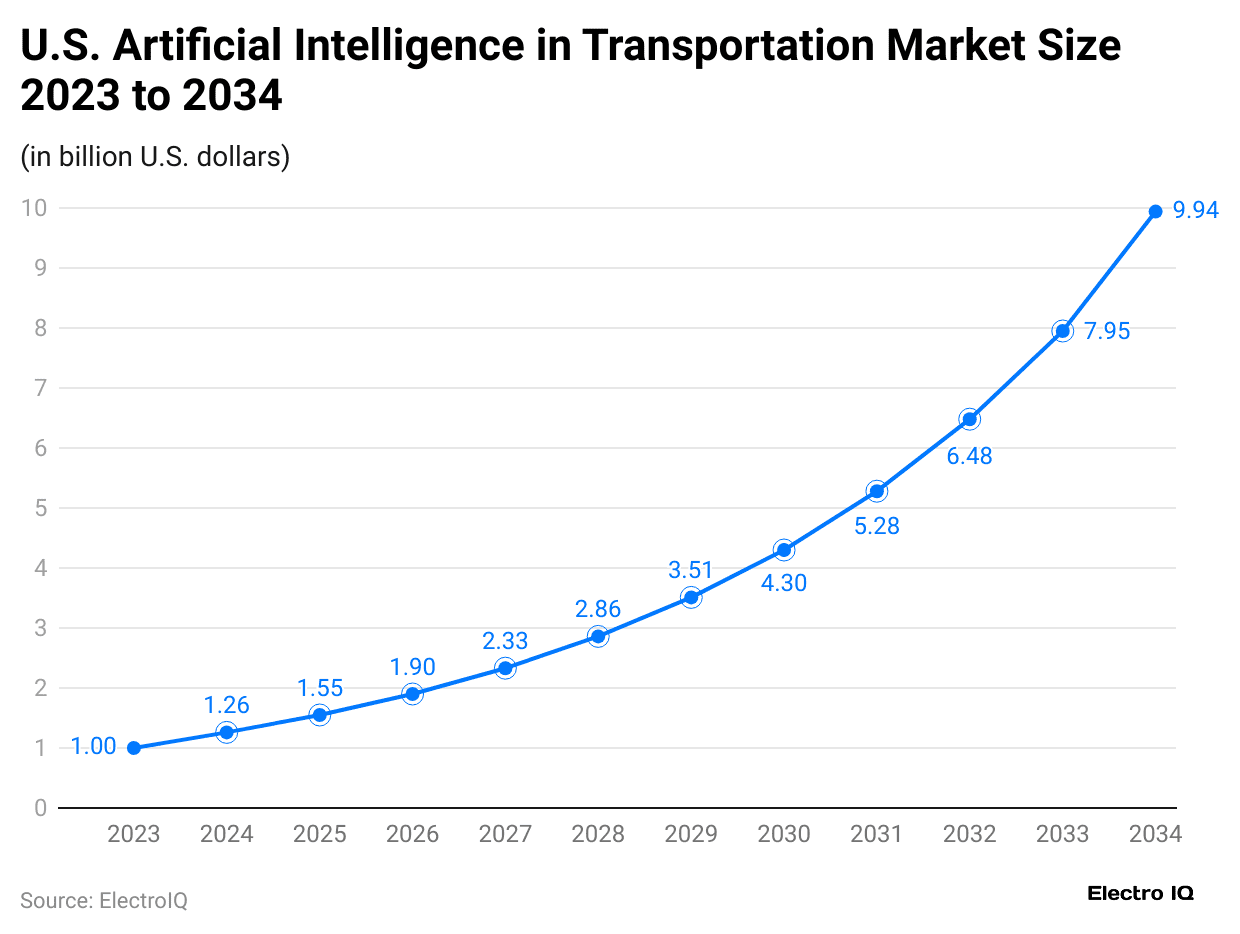
- In the United States of America, the market size of the AI in Transportation market is supposed to reach USD 1.55 billion by 2025, up from USD 1.26 billion in 2024.
- The growth rate of the market will grow at a CAGR of 22.89% from 2024 to 2034.
- The market size in the coming years is expected to reach USD 1.90 billion (2026), USD 2.33 billion (2027), USD 2.86 billion (2028), USD 3.51 billion (2029), USD 4.30 billion (2030), USD 5.28 billion (2031), USD 6.48 billion (2032), USD 7.95 billion (2033), and USD 9.94 billion (2034).
Segmental Breakdown
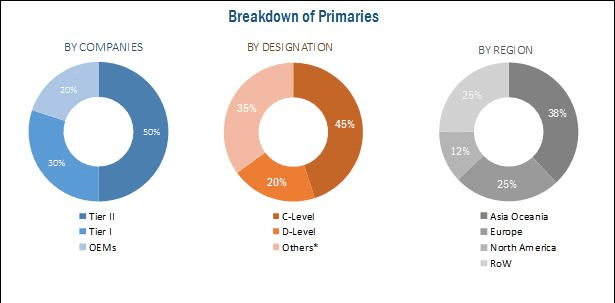
- The primary inputs come from Tier II companies with a share of 50%, while Tier I suppliers contributed 30% and OEMs 20%.
- By seniority, decision-makers are well represented as C-level accounts for 45% of respondents, D-level 20%, and other roles 35%, indicating a mix of strategic and operational perspectives.
- Regionally, Asia Oceania accounted for the highest 38% of responses, while Europe and North America contributed 25% each; the Rest of the World added 12%.
Use Cases and Payoffs
- McKinsey & Company says AI route optimization can shorten daily driver travel times by about 15%.
- In railways, AI predictive maintenance can reduce total maintenance costs by roughly 20%, and AI crew planning can improve shift efficiency by up to 15%. Autonomous driving could generate USD 300 to USD 400 billion in revenue by 2035.
- Autonomous trucking may cut the total cost of ownership for heavy-duty trucks by 42%.
- Using AI for route optimisation and asset management can lower freight transport emissions by up to 7%, according to reports.weforum.org.
- Statista finds autonomous truckload deliveries average just 0.03% per ton-mile, under half the 0.07% with human drivers.
- ITSA reports AI-based traffic signal optimization can reduce stops by 30% and cut intersection emissions by 10%.
- UIC adds that AI helps railways plan, invest, build, and deliver services aligned with passenger needs, creating €700 million in annual value for a €5 billion company.
Global Automotive AI Market Analysis
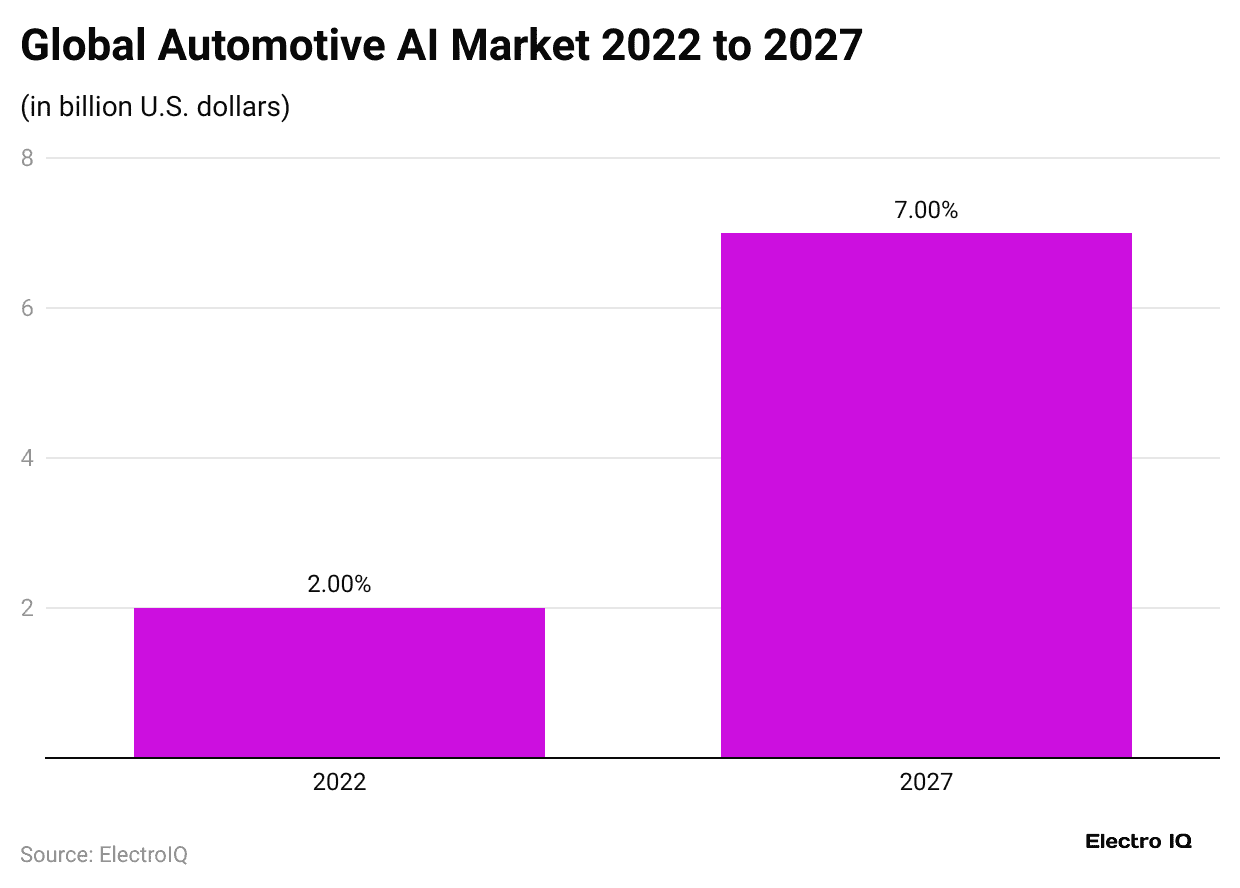
- The global market for AI technologies in cars was valued at USD 2.3 billion in 2022.
- It is projected to grow at about 24.1% annually, reaching roughly USD 7.0 billion by 2027.
- By 2030, Statista expects nearly 58 million self-driving cars on the road.
- Smart traffic systems using AI could cut road congestion by about 25%. For fleets, AI-based predictive maintenance may lower maintenance costs by 10% to 20%.
- AI route planning can also boost fuel economy by up to 15%.
- Safety tools powered by AI, such as monitoring drivers, have been linked to a 20% to 30% drop in crash rates in vehicles that use them.
AI in Transportation – Real-World Example by Sector
- According to Forbytes, AI can retime traffic lights and suggest better routes, cutting road congestion by up to 30%.
- Pittsburgh, Pennsylvania, runs real-time adaptive signals, improving city traffic flow.
- On public transport, AI forecasts demand, tweaks timetables, and dispatches vehicles, making buses and trains 18% more punctual.
- In aviation, smarter flight paths lower fuel burn by up to 10%; Volotea applies these tools.
- For delivery, demand forecasting and live route planning speed drops and lifts efficiency by about 20%.
- High-speed rail uses predictive maintenance to avoid surprises, reducing breakdowns by 45%.
- Ports load and unload faster and pick cleaner sea routes; Rotterdam’s port uses AI to cut delays and pollution.
- Construction teams build AI-driven 3D models to spot issues early and raise worker safety by 35%.
- Cities also optimise waste pickup with bin-level sensors; Barcelona’s smart bins reduce trips, waste, and emissions.
AI’s Cost-Saving Impact in Transportation
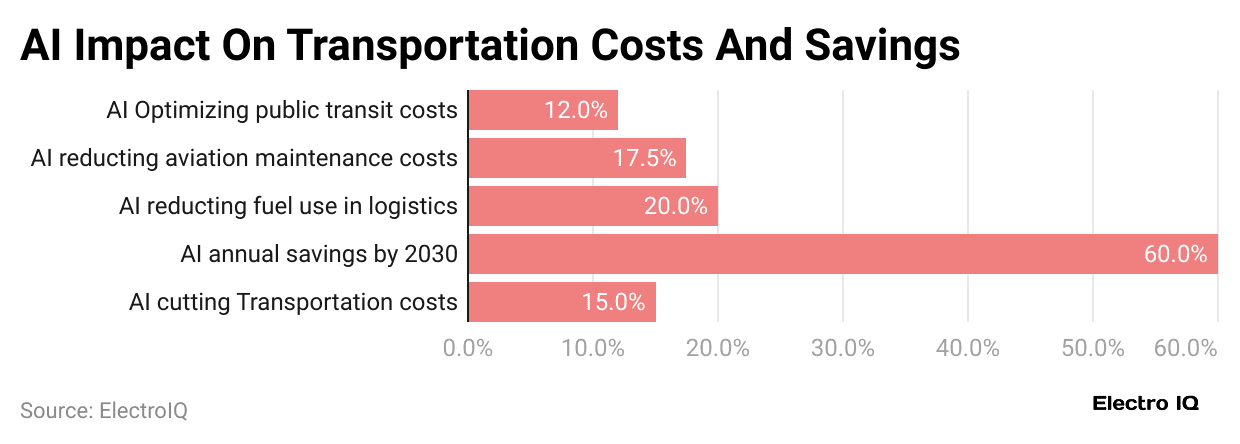
- Systems that optimise public transit can lower expenses by about 12%.
- Meanwhile, AI-enabled maintenance cuts aviation costs by roughly 17.5%.
- In logistics, smarter routing and load planning reduce fuel use by around 20%.
- Broadly, AI is projected to deliver about USD 60.0 billion in annual savings by 2030.
- Companies adopting AI report transportation cost reductions near 15% through better planning, automation, and real-time decisions.
AI’s Impact on Traffic Management and Prediction

- The chart shows that AI delivers its biggest gains in prediction: AI traffic prediction models reach about 90% accuracy.
- Traffic flow optimisation tools come next, improving movement by roughly 30% through signal timing and dynamic routing.
- Broader AI traffic management systems add a 25% improvement by coordinating signals, sensors, and incident response.
Technological Impacts of AI in Transportation Statistics
- An open-access PMC study (2025) finds AI-controlled adaptive signals cut peak trips 11% and off-peak 8% across 100 Chinese cities, avoiding around 31.73 Mt CO2 yearly.
- The Times of India reports AI cameras detected 87% of Bengaluru violations (Jan to Jul 2025). Shyftbase (2025) notes ML route optimisation saves 10% to 20% fuel.
- MarketsandMarkets projects around 291,000 SAE Level-3 vehicles in 2025.
- UIC analyses show rail AI delivers 15% to 25% less unplanned downtime, 15% to 30% lower maintenance costs, and 20% fewer delays
- Axis Intelligence cites 3% to 8% aviation fuel gains. Shadhinlab documents airport taxi-time cuts up to 15%.
- Hybrid crash-risk models reach approximately 85% to 90% accuracy.
Advantages and Disadvantages of AI in Transportation
| Advantages | Disadvantages |
|
Fewer crashes via ADAS, fatigue and distraction alerts |
Edge cases and sensor failures can cause accidents |
| Smoother traffic flow, shorter trips, higher network throughput |
Optimisation may shift congestion to other corridors |
|
Predictive maintenance lowers repair and downtime costs |
High upfront capex for sensors, compute, and integration |
| Route planning cuts fuel use and CO₂ |
Rebound effects can offset gains |
|
Better on-time performance for transit and logistics |
Model drift degrades reliability without constant tuning |
| Dynamic demand/supply matching increases asset utilisation |
Labour displacement concerns and reskilling needs |
|
Accurate ETAs, proactive updates, personalised service |
Opaque decisions reduce trust and recourse |
| Digital twins improve investment and scheduling |
Data quality gaps lead to biased or wrong outputs |
|
Automated logs, inspections, and audit trails |
Complex, evolving regulations increase liability risk |
| Anomaly detection flags fraud and tampering |
New attack surface (IoT, V2X, over-the-air updates) |
Conclusion
AI in transportation is here today and already useful as it makes roads safer with smarter driver help, shortens trips through better traffic control, and cuts costs with predictive maintenance. Ports, rail, and airports see fewer delays. There are hurdles: biased data, unclear rules, security holes, and a shortage of skilled people.
The practical route is to pick high-impact tasks, build clean data flows, choose edge or cloud with intent, check ROI early, and scale wins. Strong partnerships among operators, OEMs, cities, and tech firms unlock system-wide, safer, faster, greener movement.
Sources
FAQ.
Safer driving, shorter travel times, fewer delays, lower fuel and maintenance costs, higher asset uptime, and better customer experience.
Vehicle sensors (camera, lidar/radar, CAN bus), telematics, GPS, ELDs, ticketing/turnstile data, weather, maps, incident feeds, and maintenance logs.
Computer vision, time-series forecasting, reinforcement learning for control, graph optimisation for routing, and NLP for operations.
Biased or bad data, model drift, unclear regulations, cyber threats, privacy issues, and over-reliance on black-box decisions.
Yes, enable smoother traffic, better routing, and maintenance, reduce fuel use and emissions; improved network planning supports modal shift.

Maitrayee Dey has a background in Electrical Engineering and has worked in various technical roles before transitioning to writing. Specializing in technology and Artificial Intelligence, she has served as an Academic Research Analyst and Freelance Writer, particularly focusing on education and healthcare in Australia. Maitrayee's lifelong passions for writing and painting led her to pursue a full-time writing career. She is also the creator of a cooking YouTube channel, where she shares her culinary adventures. At Smartphone Thoughts, Maitrayee brings her expertise in technology to provide in-depth smartphone reviews and app-related statistics, making complex topics easy to understand for all readers.



